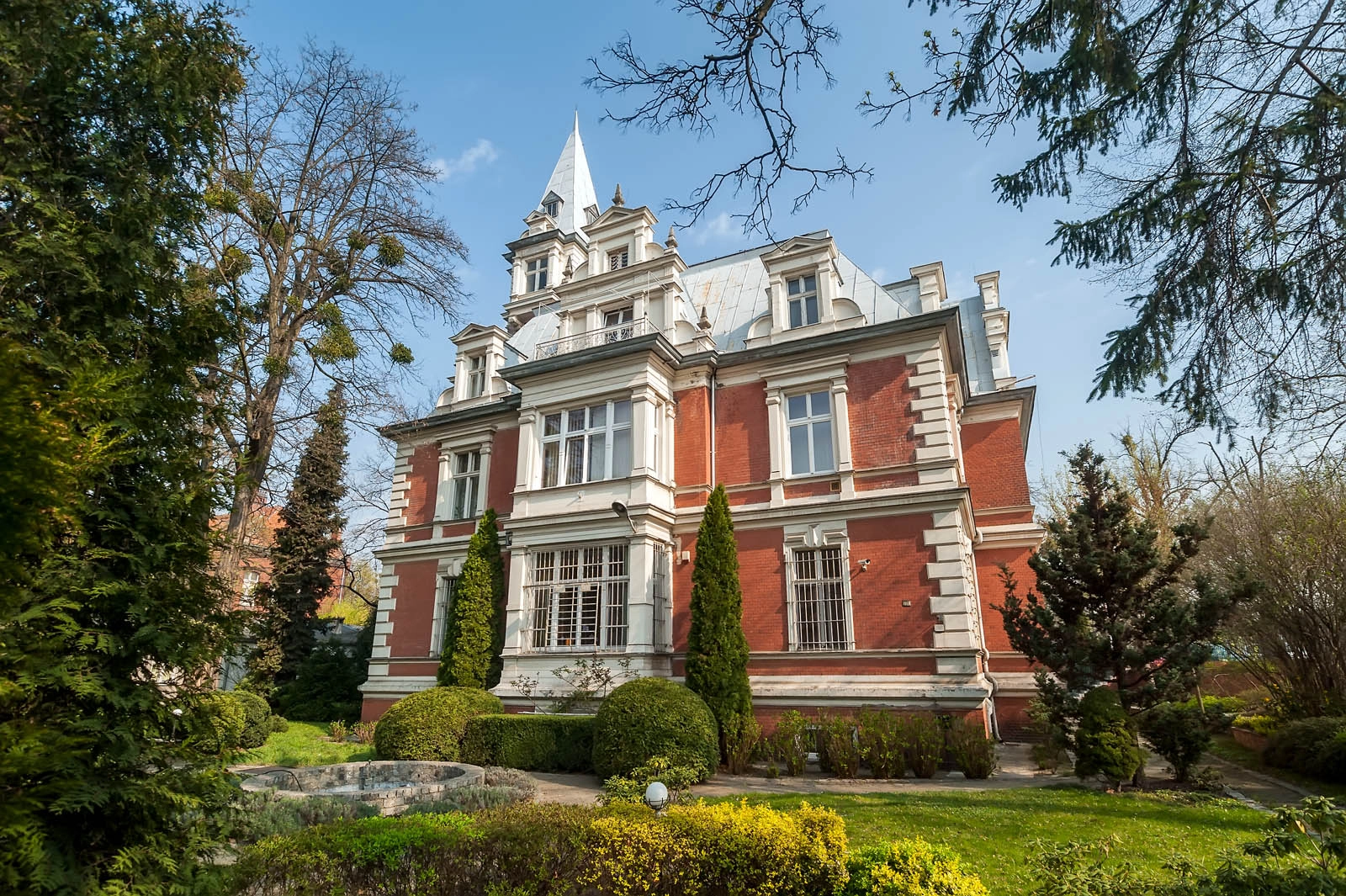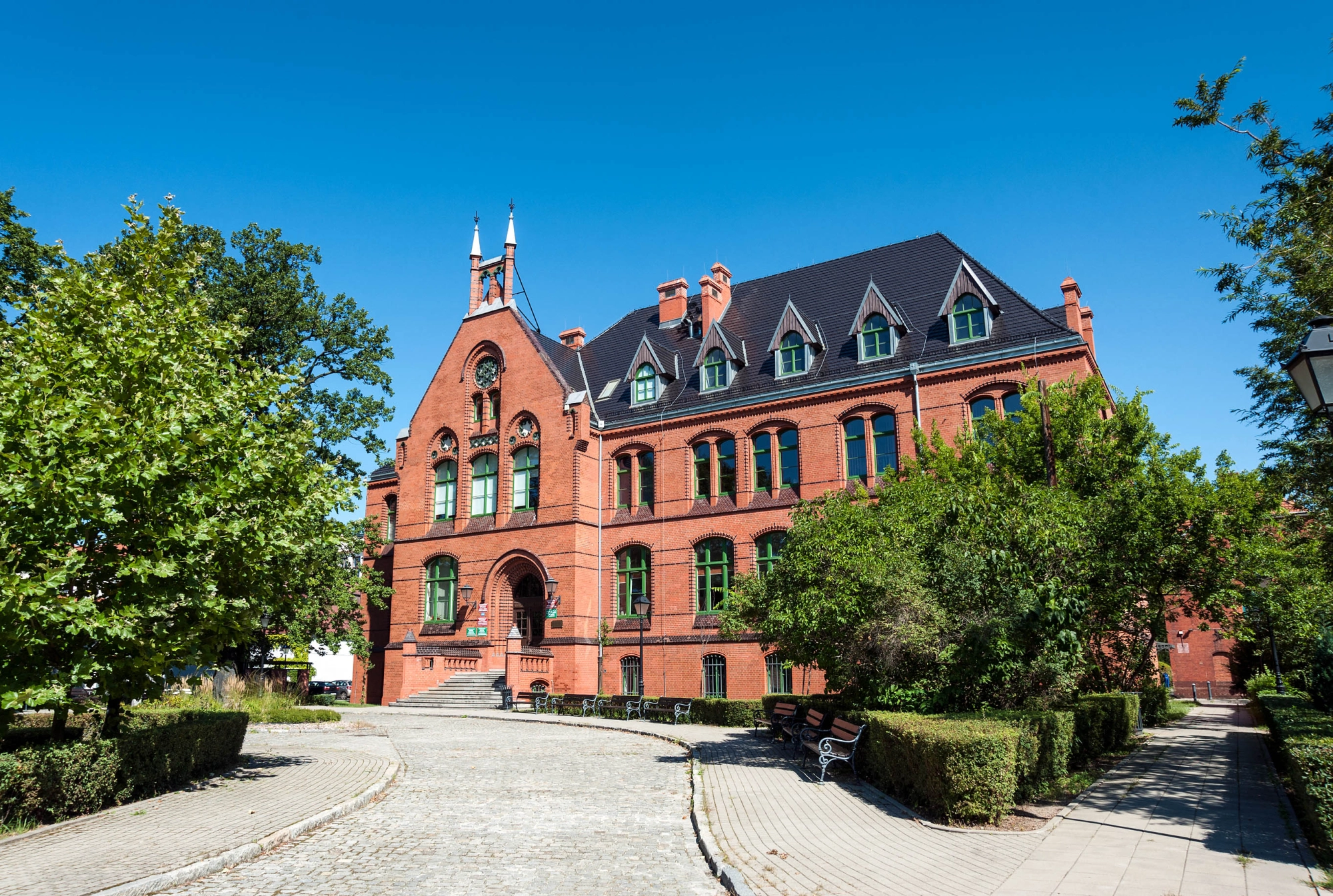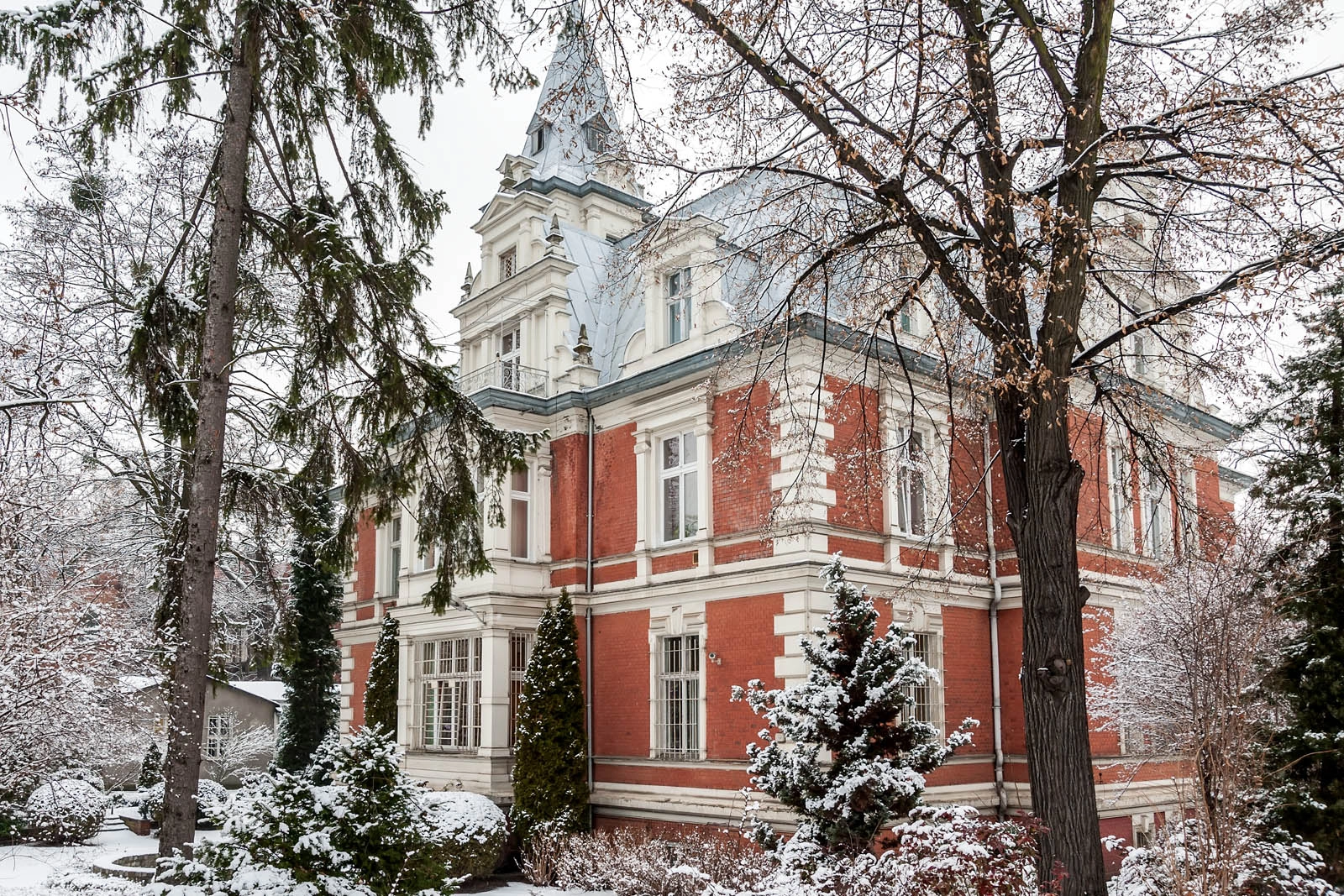-
The International Relations Office at Wrocław Medical University organised the 2nd Erasmus Staff Week.
2024-06-03
10:36
 From the 20th until the 24th of May we hosted representatives from Grigore T. Popa University of Medicine and Pharmacy IASI, Romania; Ternopil National Medical University and Danylo Halytsky Lviv National Medical University, Ukraine; University of Debrecen, Hungary; University of Crete and University of Thessaly, Greece; Lithuanian University of Health Sciences, Lithuania; University of Medicine Tirana, Albania, Caucasus International University, Georgia.
Read more »
From the 20th until the 24th of May we hosted representatives from Grigore T. Popa University of Medicine and Pharmacy IASI, Romania; Ternopil National Medical University and Danylo Halytsky Lviv National Medical University, Ukraine; University of Debrecen, Hungary; University of Crete and University of Thessaly, Greece; Lithuanian University of Health Sciences, Lithuania; University of Medicine Tirana, Albania, Caucasus International University, Georgia.
Read more »
The Weather in Poland
Poland has a continental climate with cold winters and warm summers. The weather can vary throughout the country, with the southern mountainous regions experiencing colder temperatures and more precipitation than the northern regions. Summers are typically mild and pleasant, with temperatures averaging around 20-25°C (68-77°F). Winters can be harsh, with temperatures often dropping below freezing and snowfall. The country also experiences changing weather patterns throughout the year, with spring and autumn bringing more unpredictable weather including rain showers and abrupt temperature changes. It is always recommended to check the weather forecast before travelling to Poland and to pack layers to account for potential changes in weather conditions. Photo: Tomasz Walów/UMW
Photo: Tomasz Walów/UMW
Spring (March to May) in Poland is a transitional season with changing weather patterns. The month of March can still be quite cold, with temperatures averaging around 0-5°C (32-41°F) and snowfall possible. As the season progresses into April and May, the weather begins to warm up with temperatures ranging from 10-20°C (50-68°F). Spring in Poland can be unpredictable, with a mix of sunny days, rain showers, and occasional thunderstorms. It is also a time when vegetation starts to bloom, creating beautiful landscapes throughout the country. Photo: Tomasz Walów/UMW
Photo: Tomasz Walów/UMW
Summer (June to August) in Poland is generally warm and pleasant, with temperatures ranging from 20-30°C (68-86°F).
The summer months of June, July, and August are the warmest, with July and August typically being the hottest
months. The weather is generally sunny with occasional rainfall, making it a great time to explore the country's outdoor attractions.
During the summer, Poland experiences long days with daylight lasting until late in the evening. This provides ample time for outdoor activities such as sightseeing, hiking, and enjoying the country's beautiful beaches along the Baltic Sea coast. Photo: Tomasz Walów/UMW
Photo: Tomasz Walów/UMW
Autumn (September to November) in Poland is a colourful season
characterized by mild temperatures, crisp air and changing foliage. The weather in Poland during the autumn months is generally cool, with temperatures averaging between 10-15°C (50-59°F). During this time, you can expect to see beautiful autumn foliage as the trees transition from green to vibrant shades of
red, orange, and yellow. The days start to get shorter, and the nights become cooler, making it ideal for cozy activities like enjoying a warm drink at a cafe or exploring local markets. Autumn in Poland can also bring rainfall and gusty winds, so it's a good idea to pack layers, a waterproof jacket, and an umbrella when visiting during this season.
Photo: Tomasz Walów/UMW
Winter (December-February) in Poland is cold and snowy, especially in the northern and eastern regions of the country. The winter months are characterized by freezing temperatures and snowfall, creating a winter wonderland landscape.Temperatures in Poland during winter can vary, with average daytime temperatures ranging from -5°C to 0°C (23°F to 32°F). However,
temperatures can often drop much lower, especially in the eastern parts of the country. It is not uncommon for temperatures to reach below -10°C (14°F) in some regions.
Winter in Poland offers opportunities for winter sports such as skiing, snowboarding, and ice skating, especially in the mountainous regions of southern Poland. It is important to pack warm clothing, including winter jackets, hats, gloves, and winter boots when visiting Poland during winter. Additionally,
it's essential to be prepared for snowy and icy conditions on the roads and sidewalks.
Wrocław, located in southwestern Poland, experiences a continental climate with cool winters and warm summers.. Here is an overview of the weather conditions in Wrocław throughout the year:



